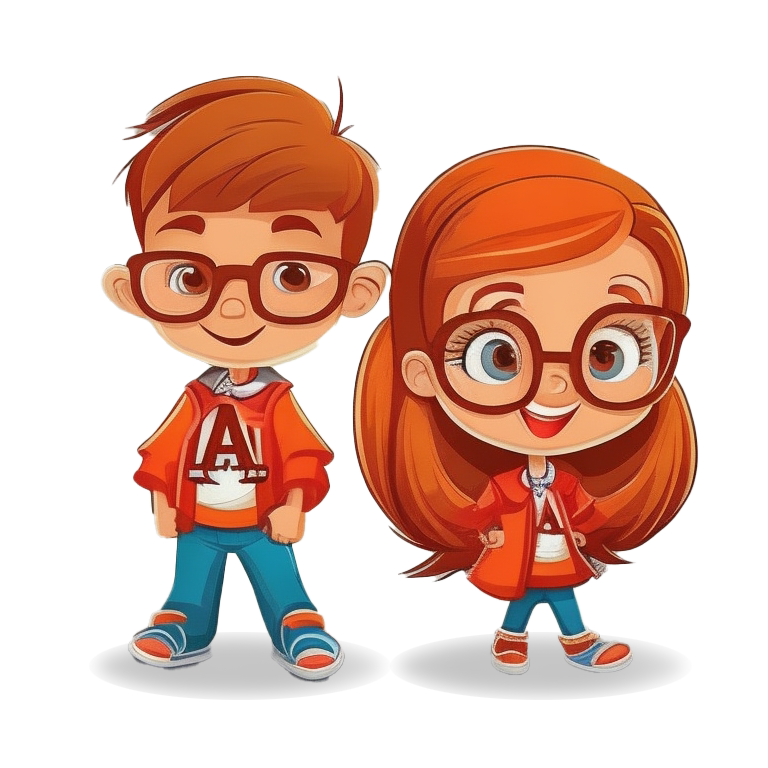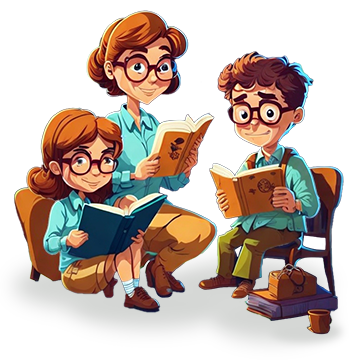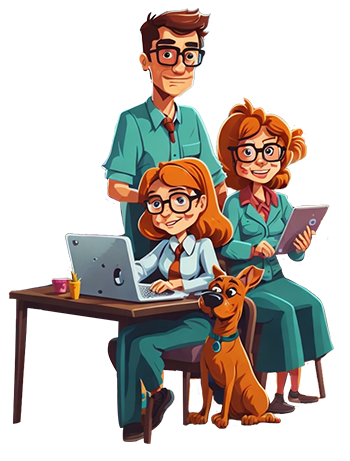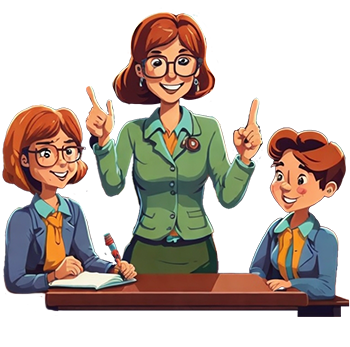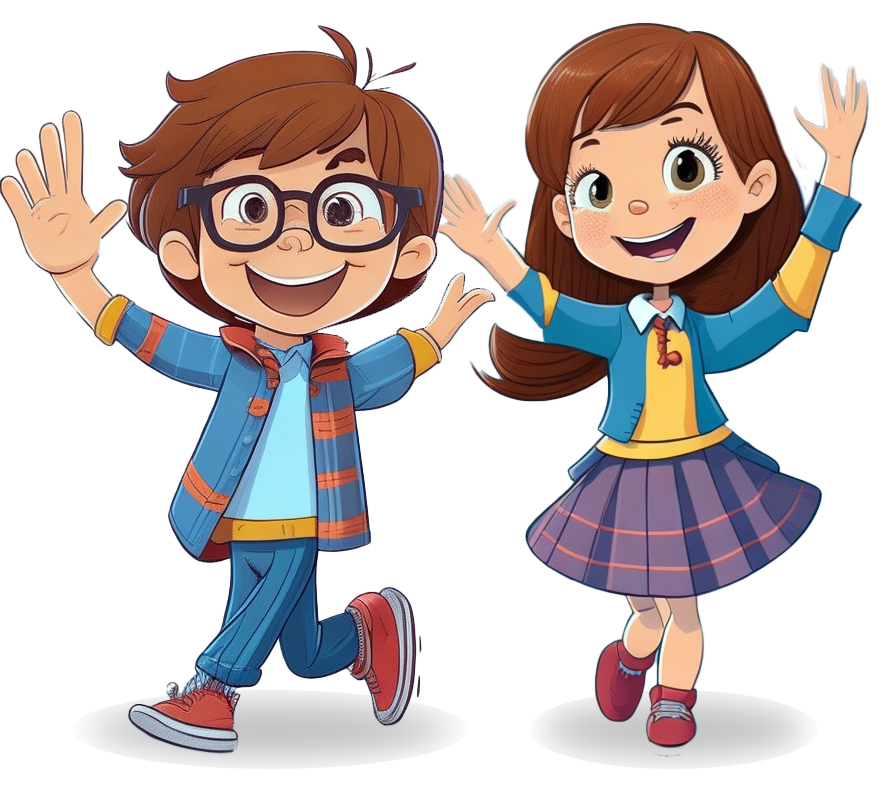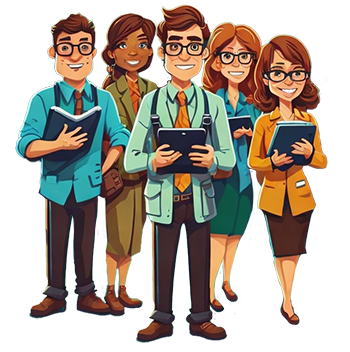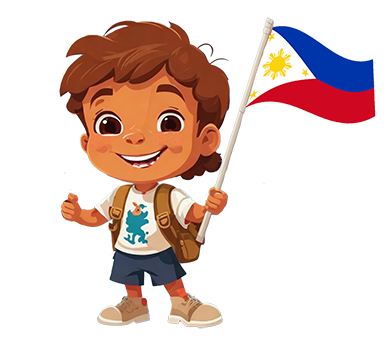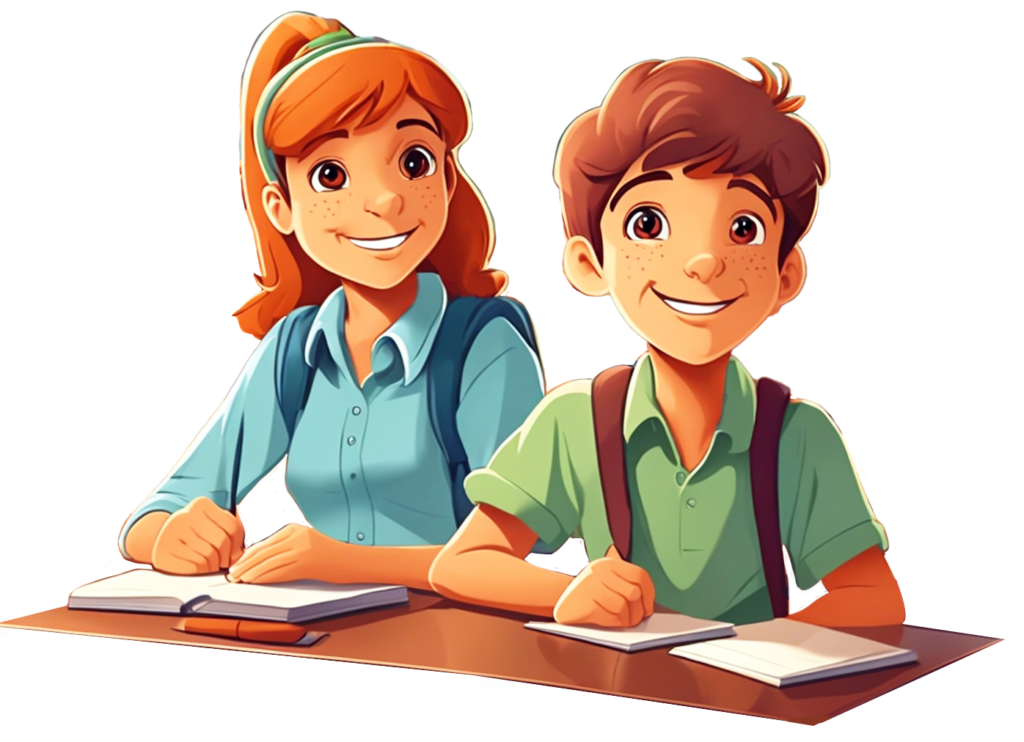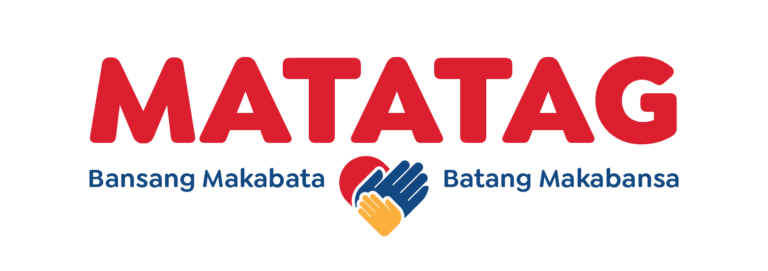
Download the MATATAG Kindergarten Curriculum Guide Here
The Kindergarten curriculum is designed with a profound purpose in mind—to shape young Filipino learners into well-rounded individuals equipped with essential 21st-century skills. This comprehensive approach seeks to nurture their identities, foster social and emotional development, enhance cognitive abilities, promote physical health, and instill positive attitudes. The curriculum’s overarching goals are to empower learners, encourage active engagement through hands-on activities, provide age-appropriate experiences, stimulate intellectual growth, nurture creativity, foster teamwork, and cultivate a sense of nationalistic pride and cultural responsiveness. Kindergarten education is pivotal in preparing these young minds for formal elementary schooling, ensuring a strong foundation while prioritizing social, emotional, and values development. This learner-centered curriculum embraces play-based learning, grounded in developmental appropriateness and tailored to the evolving environments that will accompany these learners on their lifelong educational journey.
Curriculum Goals
The primary objectives of the Kindergarten curriculum are multifaceted, with a focus on holistic development and 21st-century skill acquisition. These goals include:
Holistic Development: The curriculum aims to mold learners who are well-rounded in all aspects of their lives, encompassing identity, social and emotional growth, cognitive prowess, physical well-being, and positive attitudes.
21st Century Skills: A pivotal aspect of this curriculum is to equip learners with the essential skills needed to thrive in the modern world. These skills include critical thinking, communication, creativity, and collaboration.
Active Engagement: The curriculum emphasizes active learning through hands-on activities, ensuring that learners are actively engaged in the process of meaning-making.
Age-Appropriate Experiences: Learners are provided with a diverse range of developmentally appropriate opportunities, ensuring that activities are suited to their evolving capabilities.
Intellectual Stimulation: The curriculum strives to stimulate learners’ intellectual abilities, encouraging them to think critically, communicate effectively, and express their creativity.
Teamwork: Through collaborative activities, learners develop a spirit of teamwork, fostering social skills and the ability to work effectively with others.
Nationalism and Cultural Responsiveness: The curriculum promotes learning experiences and content that are deeply rooted in Filipino culture and responsive to the learners’ cultural backgrounds.
Curriculum Design Principles
The design of the Kindergarten curriculum is grounded in several key principles:
Learner-Centered: Central to this curriculum is a keen focus on the individual needs, interests, learning styles, and contexts of each learner. The aim is to contribute to the growth and development of every young Filipino learner in the 21st century.
Learning-Centered: The curriculum is dedicated to providing holistic learning experiences that engage learners both physically and cognitively while being socially and emotionally relevant and appropriate.
Integration: The curriculum interconnects the six domains of learning—Socio-emotional, Values Development, Cognitive, Physical Health, Motor Development, Aesthetic/Creative Development, and Literacy, Language, and Communication—so learners can grasp the connections between what they are learning and why.
Developmentally Appropriate: Recognizing the interrelated and interdependent nature of growth and development, the curriculum empowers learners through dynamic and engaging processes that enable them to reach their optimal potential.
Play-Based: The curriculum places significant emphasis on play as a primary vehicle for learning. Play is recognized as a natural activity for children to discover and make meaning of the world around them. Teachers facilitate and observe play activities to guide further support and extensions.
Nationalistic: The curriculum prioritizes content and learning experiences that are culturally and contextually relevant, responsive, and appropriate to Filipino learners.
Philosophical Underpinnings
The Kindergarten curriculum is underpinned by a set of fundamental beliefs that shape its educational approach:
Every School is a Home: Schools are not just places of learning; they are also nurturing environments that provide a sense of belonging and support for each learner.
Learner and Learning-Centered: The curriculum prioritizes the learner and their learning journey, integrating developmentally appropriate, play-based, and nationalistic approaches.
Active Learners: Filipino Kindergarten learners are viewed as active participants in their education, engaging with enthusiasm and curiosity.
Guiding Teachers: Kindergarten teachers play a crucial role in guiding, supporting, and encouraging learners to develop their creativity, talents, and skills to their fullest potential.
Family Involvement: Families of Kindergarten learners share the responsibility of supporting and providing learning opportunities, creating a collaborative learning environment.
Community Support: Communities serve as networks and resources that facilitate parent engagement, support teachers and learners, and encourage collaboration among stakeholders.
Download the MATATAG Kindergarten Curriculum Guide Here

